Visiting the catacombs of Rome, make a cultural pilgrimage to explore the underground excavations of Rome in the ancient and Christian era.
Around the city Rome , there are more than 60 catacombs and thousands of tombs, some of which date more than 2000 years. The catacombs of Rome were built along the consular paths – the roads of the road network created by the Romans – by the Jews and Christians and we can now visit only six of them: the catacombs of Saint-Calixte, the catacombs of Saint Sebastian, those of Domitille, Priscille, and Saint-Agnès and finally, the catacombs of Saint-Calixte.
Here are some information to know before visiting the various catacombs of Rome:
The catacombs of Saint-Calixte
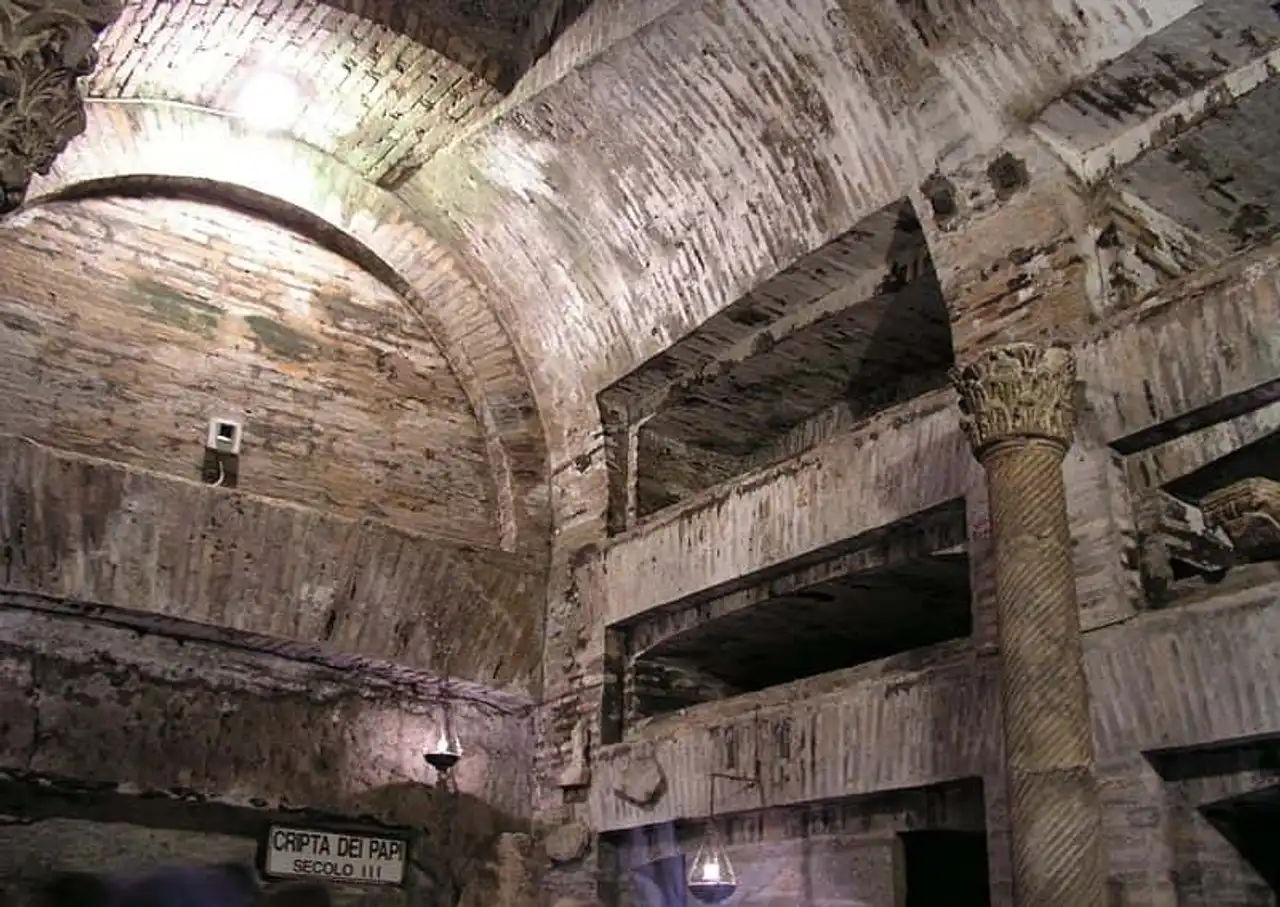
Photo credit: Wikimedia - Dnalor 01
Located on the Via Appia , they are the largest in Rome: a network of 20 kilometers, a depth of 20 meters, spread over 15 hectares and four levels! Appeared in the middle of the second century, they welcome the burial of dozens of martyrs, 16 Popes and more than 500,000 Christian faithful.
Administrated by the priest Calixte, this Roman catacomb became the official cemetery of the Church of Rome. Two basilicas and three absides allow it to be recognized on the surface of the earth. It covers the crypt of the Popes – nicknamed “the little Vatican” because 9 Popes and 8 dignitaries of the Catholic Church of the 3rd century rest there – and the crypt of Sainte-Cécile.
Visiting the catacombs of Rome is revisiting the corridors of Time and admiring the frescoes painted by Christians who used symbols engraved in the walls of the crypts to profess their faith.
How to visit the catacombs of Saint-Calixte?
The Catacombes of Saint-Calixte are open all year round, except every Wednesday, December 25, January 1 and Easter Sunday. The tour schedules are: 9:00 – 12:00 and 14:00 – 17:00. The ticket price (which includes the guided tour) is 8,00€ (full price) and 5,00€ (reduced rate). Address: Via Appia Antica, 110/126, 00179 Rome
The catacombs of Saint Sebastian
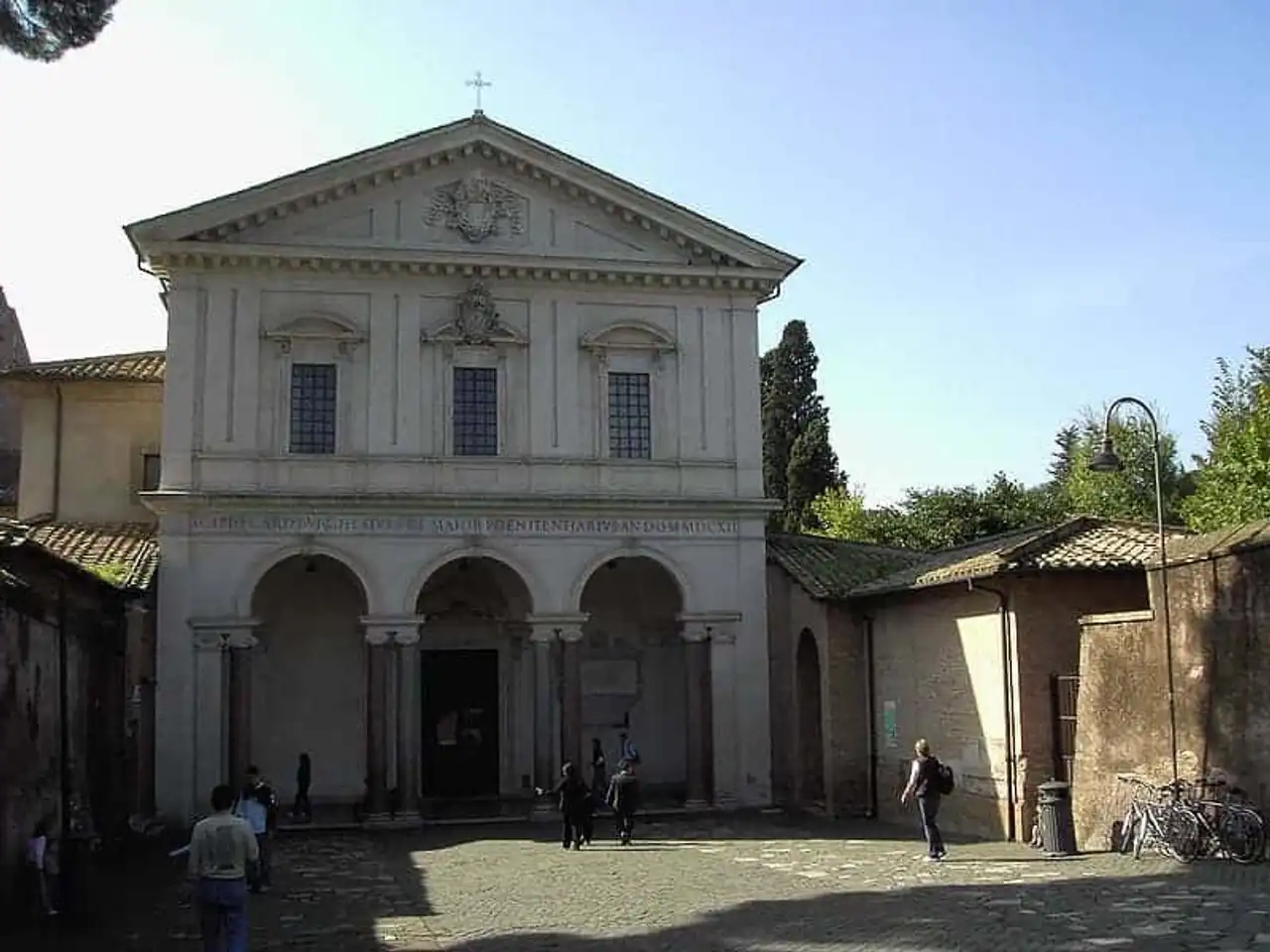
Photo credit: Wikimedia - Lalupa
From the name of the Roman martyr who lived in the 3rd century, they were founded in the 14th century BC. The Saint Sebastian complex stopped serving as a cemetery in the 5th century of our era.
It has four floors and 90,000 to 120,000 tombs. There are frescoes with ornaments typical of the early Christians, such as an orant, the history of Jonas (4th century), the miracle of Saint Gérase. Piazzola , entrance of these catacombs, houses three mausoleums preserved by time: these are pagan monuments reused by Christians.
How to visit the catacombs of Saint Sebastian?
The San Sebastiano Catacombes are open Monday to Saturday (closed on Sunday). They are closed December and January 1. Visit times are as follows: 10am – 5pm
The ticket price (which includes the guided tour) is 8,00€ (full price) and 5,00€ (reduced rate). Address:Via Appia Antica, 136, Quartier Appio Pignatelli, Rome
Domitille catacombs
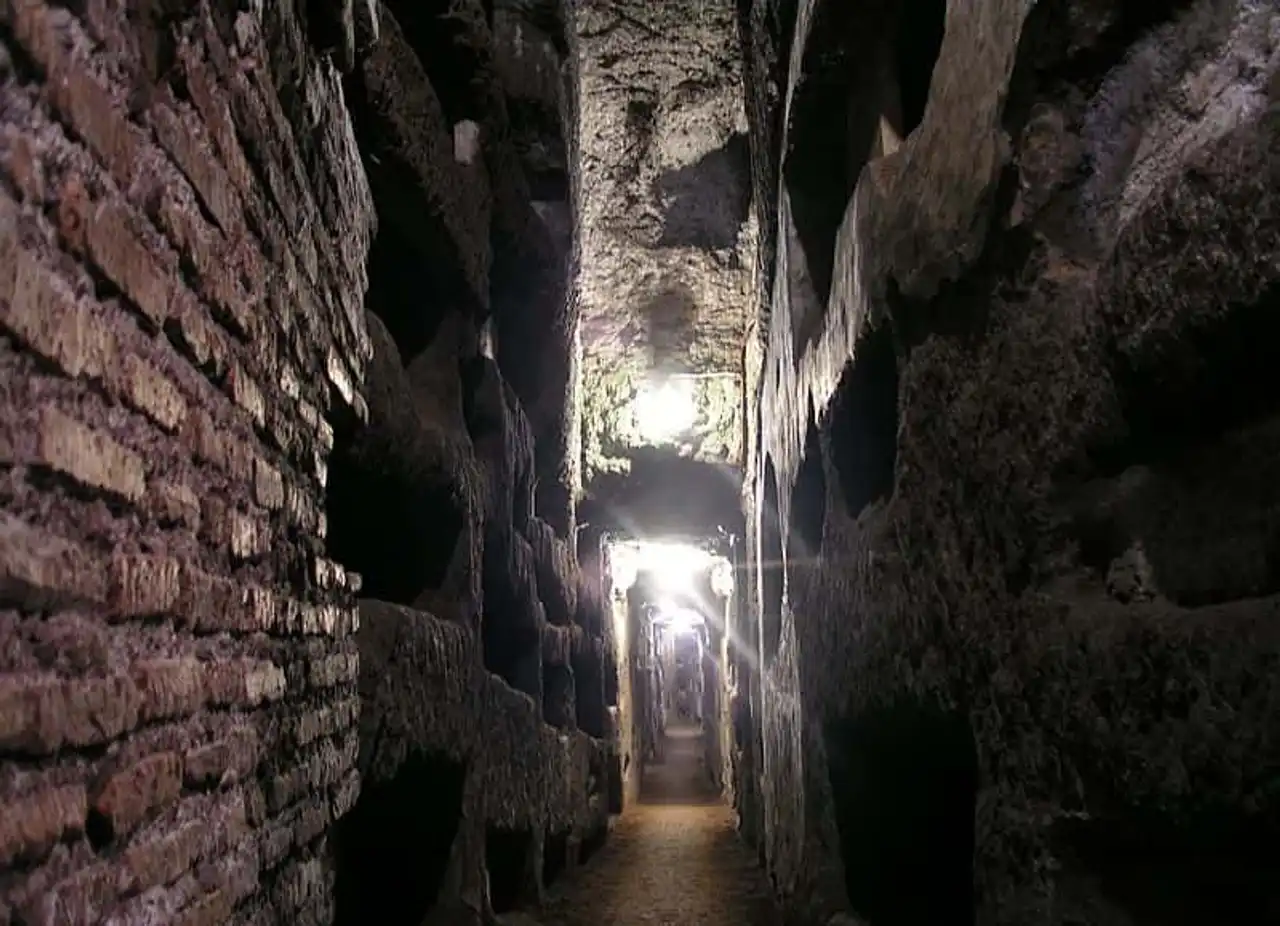
Photo credit: Wikimedia - Dnalor 01
They date from the second century, and bear the name Flavia Domitilla – Aurelia Petronilla -, niece of Flavius Clemens, a consul of Rome in 95. The latter was sentenced to death by Emperor Domitian (51-96) for having had Christian sympathies, and condemned to exile in the Pontines Islands his wife and niece. In these cemeteries, there are also burials of Néré and Achille, soldiers who were victims of the persecution of Diocletian (244-311).
The underground galleries extend over 12 kilometers, still contain bones – the only one – and gather 80 painted tombs, making it one of the largest collections of painted catacombs. The visitor can observe a fresco dating from the second century incredibly well preserved.
How to visit Domitille's catacombs?
The Domitille Catacombes are open every day except Tuesday. They are closed from mid-December to mid-January and Easter. Visit schedules are: 9am-12am and 2pm-17h. The ticket price (which includes the guided tour) is 8,00€ (full price) and 5,00€ (reduced rate). Address: Via delle Sette Chiese, 282, 00147 Rome
The catacombs of Priscille
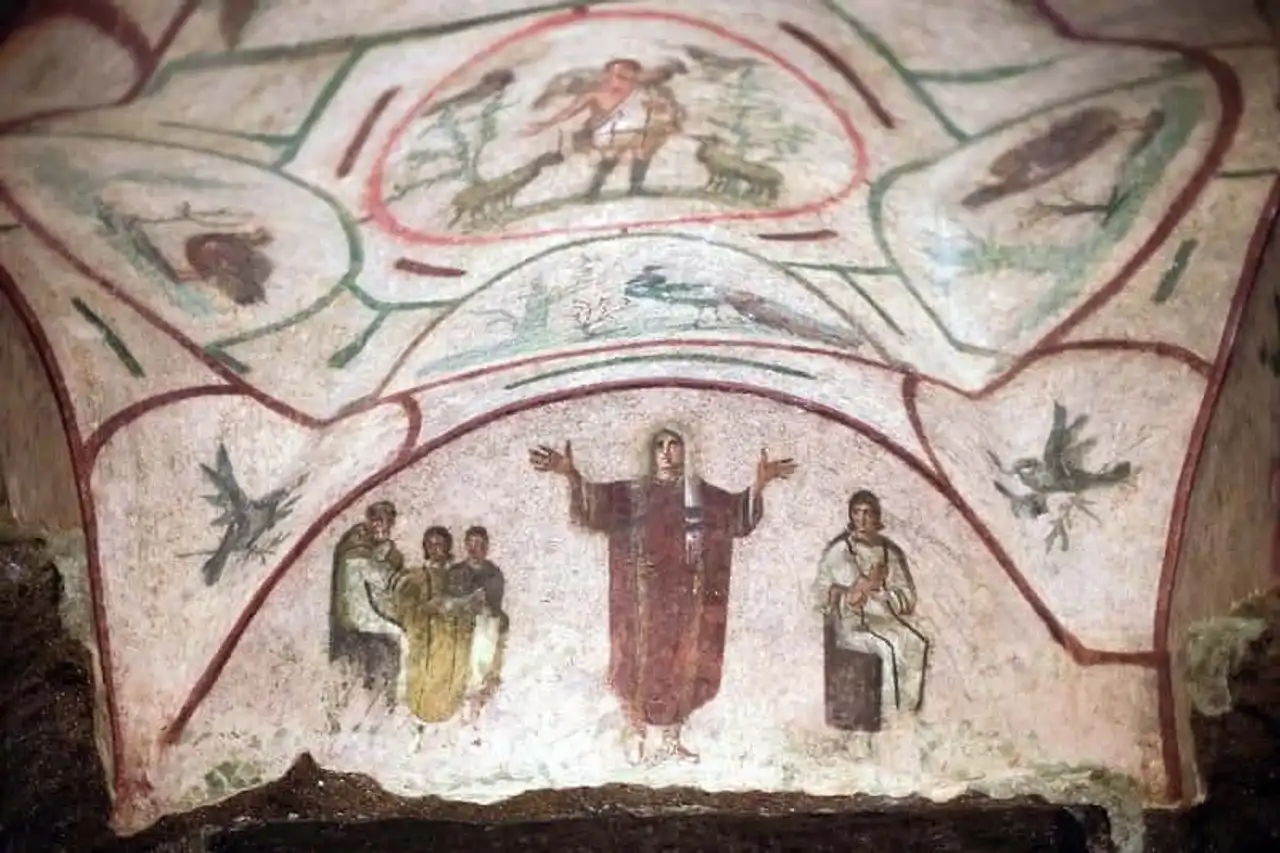
Developed from the second century and until the 4th century, they are the best preserved of Via Salaria. His name comes from a lady of nobility, a member of the Senate family Acilii, who would have been the owner, founder or donor of the cemetery.
Many inscriptions mentioning the apostles Peter and Paul appear on the walls as well as frescoes evoking the old and the new will. Seven popes from the 3rd to the 6th century are also buried there.
How to visit Priscille's catacombs?
The Catacombes of Priscille are open every day except Monday. They are closed from mid-August to mid-September (inquire on site), as well as January 1, 25 December and Easter. Visit schedules are: 9am-12am and 2pm-17h. The ticket price (which includes the guided tour) is 8,00€ (full price) and 5,00€ (reduced rate). Address: Via Salaria, 430, 00199 Roma
The catacombs of Saint Agnes
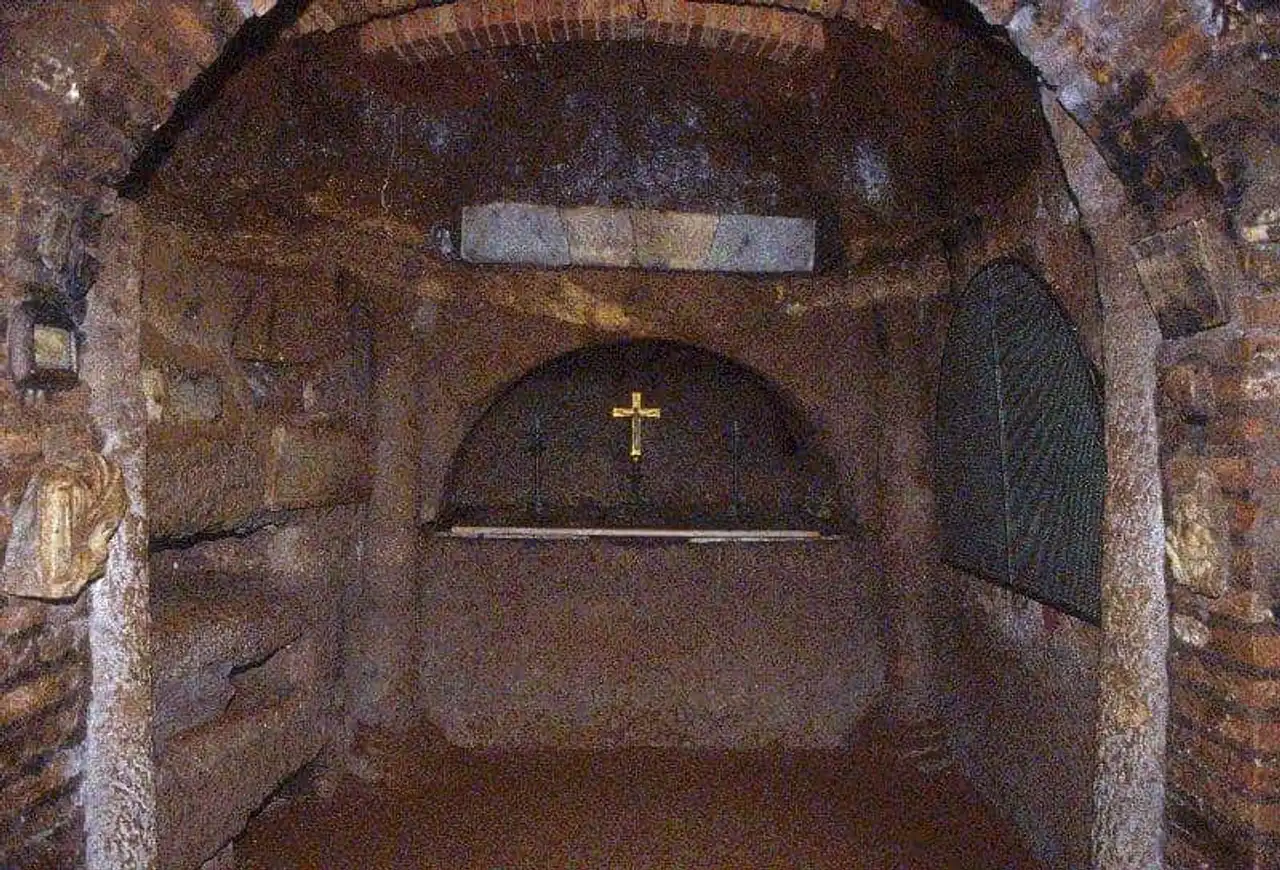
Agnes, a 12-year-old Christian martyr, was buried on Via Nomentana in a hypogean belonging to his family. The causes of her death differ: she would have been tortured by fire, slaughtered or decapitated. A violent death that would have caused the worship of the faithful, including the family of Emperor Constantine.
The apse of the catacombe is decorated with a mosaic representing Agnes between the Popes Honorius and Symmaque.
How to visit the catacombs of Sainte Agnès?
Les Catacombes de Sainte Agnes are open every day (except in the morning the days of religious holidays). The catacombs are closed from October 22 to November 17, including Sunday morning, holidays and November. Visit times are as follows: 9h-12h and 16h-18h The ticket price (which includes the guided tour) is 8,00€ (full price) and 5,00€ (reduced rate). Address: Via Nomentana, 349, 00162, Rome
The catacombs of Saints Marcellin and Pierre
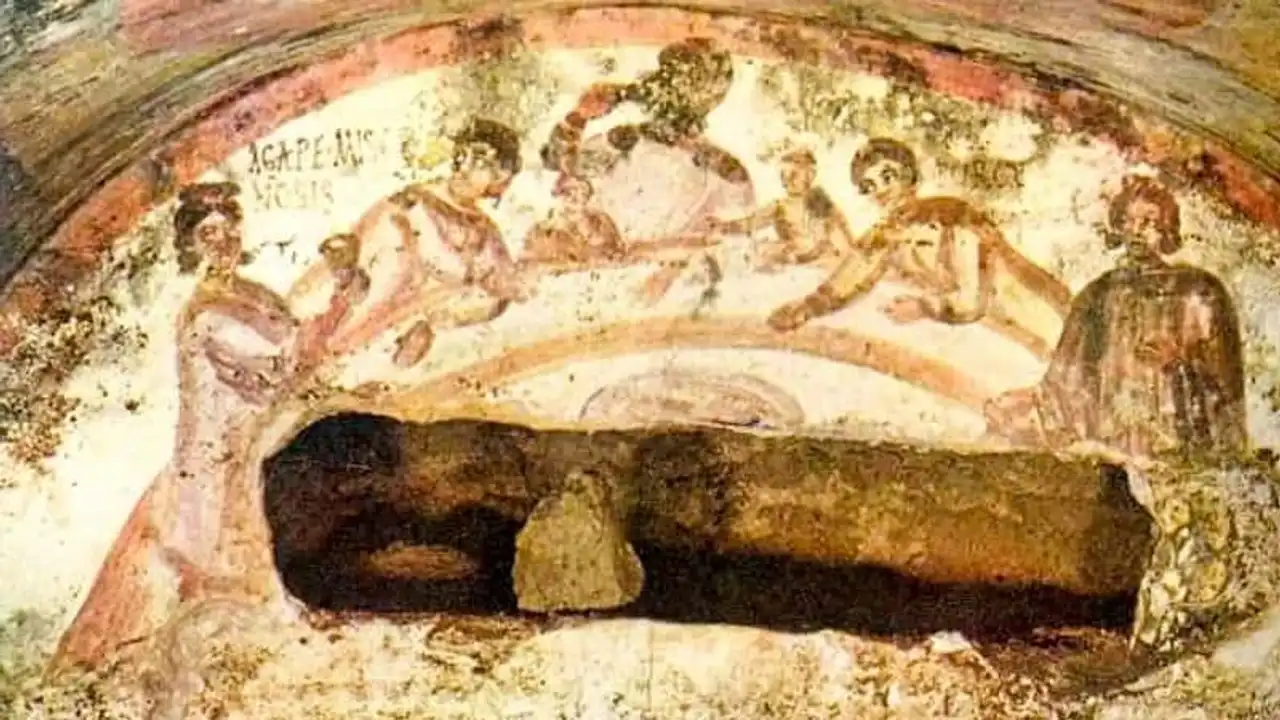
Galleries that bring back to the time of Emperor Diocletian (51-96), where the Saints Peter and Marcellin lived. They were martyred by the emperor, decapitated in Rome where, before being executed, they had been forced to dig their own grave in hand.
The underground cemetery extends over 18,000 m2, and houses more than 15,000 graves. There are tombstones evoking the funeral nests, signs used by the early Christians to practice their faith.
How to visit the catacombs of Saints Marcellin and Pierre?
Les Catacombes des Saints Marcellin and Pierre are open every day except Thursday. They close on December 25, January 1 and Easter Sunday, and August 15 to 30. Visit schedules are: 9h-12h and 14h-17h The ticket price (which includes the guided tour) is 8,00€ (full price) and 5,00€ (reduced rate). The reservation is mandatory - That's right. 06.2419446 e-mail: [email protected] Address: Via Casilina, 641, 00177, Rome
Common practical information
To visit the catacombs of Rome, the times are often the same, but the days and closing dates differ according to the places. To visit the catacombs of Rome serenely, you should book your ticket in advance. Please note that a trip including the visit of catacombs and basilicas is possible from 50€.
The history of catacombs in ancient Rome
The catacombs are not exclusively Christian. The Gentiles, the Phoenicians and the Jews were already using them, long before the development of the Roman Empire. To visit the catacombs of Rome, a real gruyère is used.
On the outskirts of Rome, Etruscans Jewish communities and Christians reserved an underground burial to their deceased, from the end of the second century BC until the first centuries after J-C. These are deep galleries sometimes entangled on five floors. There would be, around the Italian capital, up to 900 kilometers of galleries, a depth of 22 meters below the ground.
The law of the Roman Empire prohibited burying bodies in the imperial city for sanitary reasons, in order to protect themselves against the proliferation of diseases. So they would incine their dead and the Roman ways were scattered with tombs patricians – citizens belonging to the nobility – whose ashes were kept in urns. But Christians thought that the bodies should be buried without incineration, in order to be ready for the resurrection. So the bodies rested in underground cavities buried in the swelling, a layer of volcanic sediment in the ground.
The most commonly accepted thesis would require Christians and Jews to develop these catacombs to flee persecution. These hypogean cemeteries would have had the purpose of burial the faithful side by side rather than having them rest with their loved ones. It would therefore be exclusively cemeteries created to avoid incineration imposed by the law of Rome.
Other scientists believe that they were used to make clandestine meetings underground to honor the deceased and to flee the empire police, the pretorian guard.
After the fall of Rome, the catacombs were venerated for more than 400 years (400-800) as authentic sanctuaries of Christian martyrs, and they became a place of pilgrimage to pray to the tombs. During the invasion of Italy by the Goths and the Lombards – named “Barbarians” by the Romans – the catacombs were looted, salvaged, destroyed and abandoned. Over the centuries, vegetation obstructed the entrance of cemeteries and the Christians of the Middle Ages even lost track of them. Their rediscovery was allowed by Antonio Bosio (1575-1629) and much later by the excavations of Giovanni Battista de Rossi (1822-1894), founder of Christian archaeology.
Main photo credit: Flickr – Jacek Jankowski
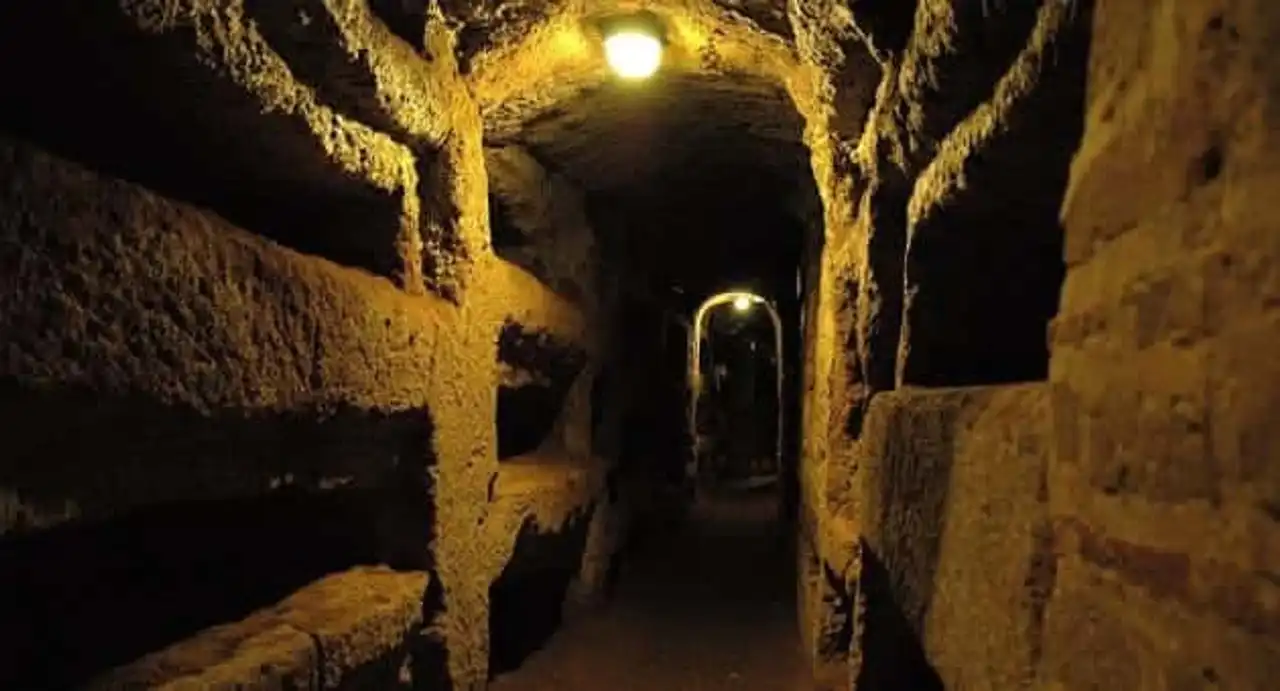






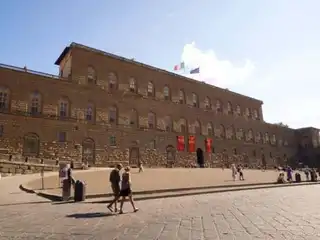
Loading comments ...